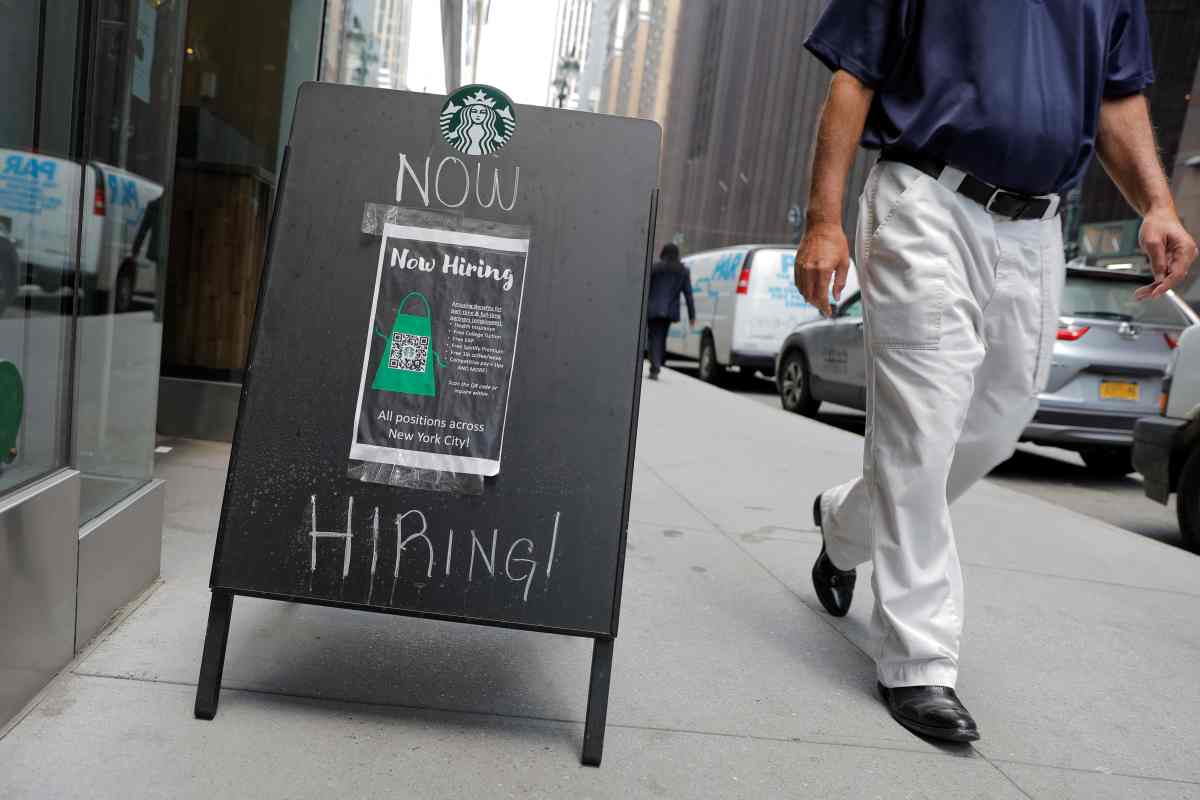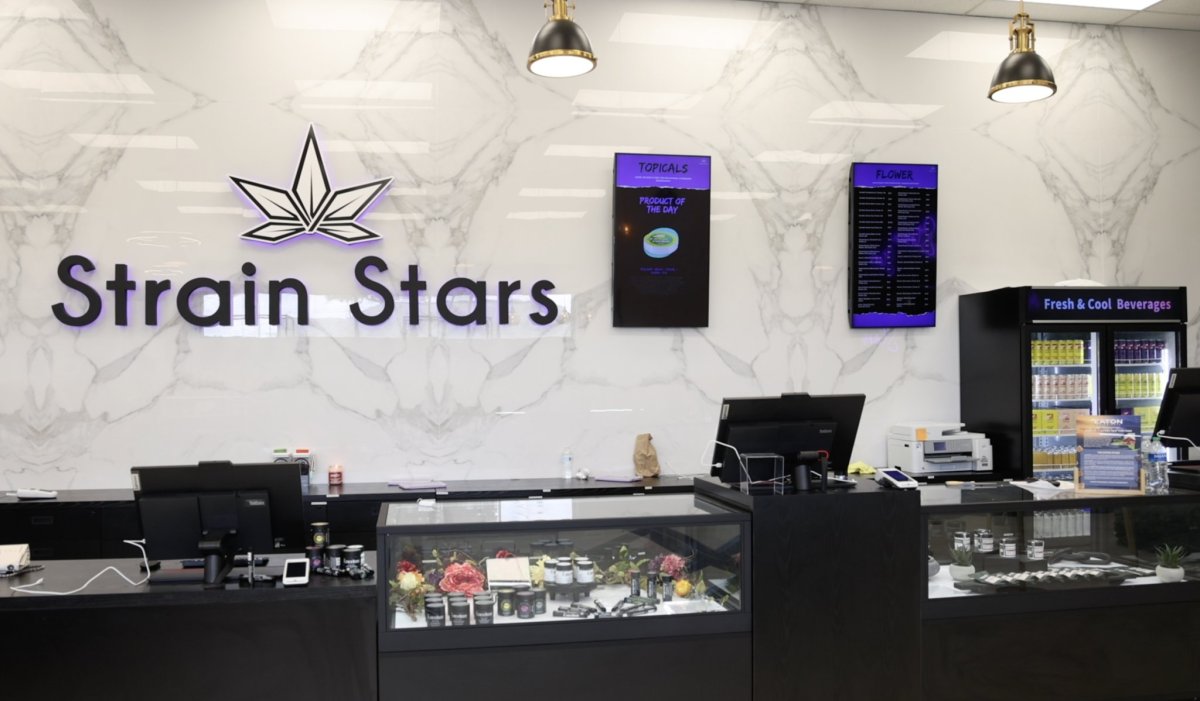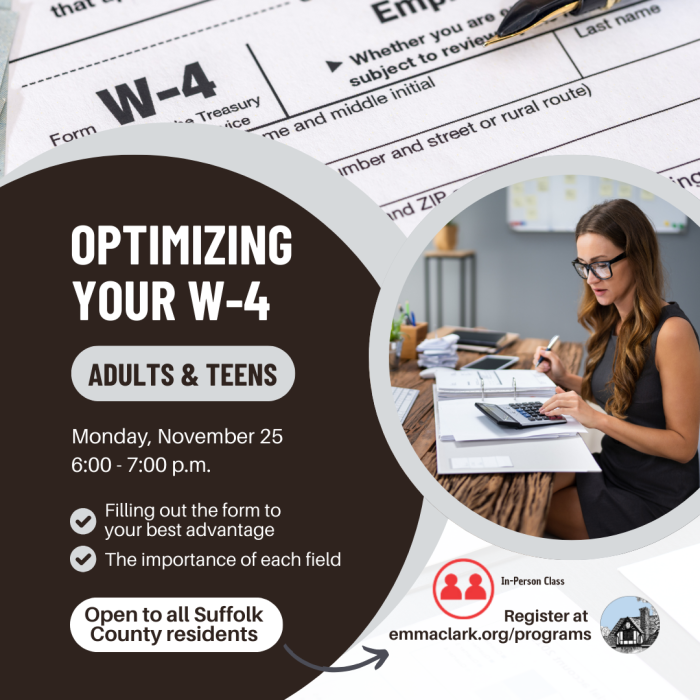By Lucia Mutikani
U.S. companies hired the most workers in 10 months in June, raising wages and offering incentives to entice millions of unemployed Americans sitting at home, in a tentative sign that a labor shortage hanging over the economy was starting to ease.
The Labor Department’s closely watched employment report on Friday showed 151,000 people entered the labor force last month, though the proportion of working-age Americans who have a job or are looking for one did not budge from the tight range it has been in since June 2020.
The acceleration in hiring suggested the economy ended the second quarter with strong momentum, following a reopening made possible by vaccinations against COVID-19.
“While businesses are still having a hard time filling positions, staffing challenges do not seem quite as dire based on today’s pickup in payrolls,” said Sarah House, a senior economist at Wells Fargo in Charlotte, North Carolina.
The survey of establishments showed nonfarm payrolls increased by 850,000 jobs last month. The economy created 15,000 more jobs in April and May than previously reported. Employment is about 6.8 million jobs below its peak in February 2020.
Economists polled by Reuters had forecast payrolls would advance by 700,000 jobs. Women, who have been hardest hit by the pandemic, took nearly half of the jobs created last month. There are a record 9.3 million job openings.
President Joe Biden hailed the pick-up in hiring.
“This is historic progress, pulling our economy out of the worst crisis in 100 years, driven in part by our dramatic progress in vaccinating our nation and beating back the pandemic as well as other elements of the American Rescue Plan,” Biden said in remarks at the White House.
The leisure and hospitality industry added 343,000 jobs, accounting for 40% of the employment gains in June. More than 150 million people are fully immunized against COVID-19, which has led to the lifting of pandemic-related restrictions on businesses and mask mandates. Government employment jumped by 188,000 jobs, driven by state and local government education, which were boosted by fewer end-of-school-year layoffs relative to the previous year.
Manufacturing added a modest 15,000 jobs, with employment at motor vehicle assembly plants declining 12,300. A global semiconductor shortage has forced some automakers to cut production. Other manufacturing industries are also grappling with shortages of raw materials and workers.
Construction payrolls contracted for the third straight month. Though the sector remains supported by robust demand for housing, scarcity of workers and expensive raw materials like framing lumber are hampering homebuilding.
Politicians, businesses and some economists have blamed enhanced unemployment benefits, including a $300 weekly check from the government, for the labor crunch. Lack of affordable child care and fears of contracting the coronavirus have also been blamed for keeping workers, mostly women, at home.
There have also been pandemic-related retirements as well as career changes. Economists generally expect the labor supply squeeze to ease in the fall as schools reopen and the government-funded unemployment benefits lapse, but they caution that many unemployed will probably never return to work.
Record-high U.S. stock prices and surging home values have also encouraged early retirements. About 3.4 million people have dropped out of the labor force since February 2020.
Stocks on Wall Street rose, with the S&P 500 index and the Nasdaq Composite hitting record highs. The dollar fell against a basket of currencies. U.S. Treasury prices were higher.
UNEMPLOYMENT RATE RISES
Average hourly earnings rose 0.3% last month, led by low-wage industries, after gaining 0.4% in May. That raised the year-on-year increase in wages to 3.6% from 1.9% in May. Annual wage growth was in part flattered by so-called base effects following a big drop last June.
According to job search engine Indeed, 4.1% of job postings advertised hiring incentives through the seven days ending June 18, more than double the 1.8% share in the week ending July 1, 2020. The incentives, which included signing bonuses, retention bonuses or one-time cash payments on being hired, ranged from as low as $100 to as high as $30,000 in the month ended June 18.
Some restaurant jobs are paying as much as $27 per hour plus tips, according to postings on Poachedjobs.com, a national job board for the restaurant/hospitality industry. The federal minimum wage is $7.25 per hour, but some states have higher minimum wages.
The average workweek dipped to 34.7 hours from 34.8 hours. With employment not expected to return to its pre-pandemic level until sometime in 2022, rising wages are unlikely to worry Federal Reserve officials even as inflation is heating up because of supply constraints. Fed Chair Jerome Powell has repeatedly said he expects high inflation will be transitory.
The U.S. central bank last month opened talks on how to end its crisis-era massive bond-buying.
“We still think Fed officials will need to see several more months of strengthening to achieve their ‘substantial further progress’ tapering criterion,” said Jim O’Sullivan, chief U.S. economist at TD Securities in New York.
Details of the smaller and volatile household survey, from which the unemployment rate is derived, were mixed. Household employment fell 18,000 in June. But according to Michael Feroli, chief U.S. economist at JPMorgan, adjusting “the household measure to match the employment concept used in the establishment survey the figure was up 604,000.”
The unemployment rate rose to 5.9% from 5.8% in May. The jobless rate continued to be understated by people misclassifying themselves as being “employed but absent from work.” Without this misclassification, the unemployment rate would have been 6.1% in June.
But the number of people working part-time for economic reasons declined 644,000. As a result, a broader measure of unemployment, which includes people who want to work but have given up searching and those working part-time because they cannot find full-time employment, dropped to a 15-month low of 9.8% from 10.2% in May.
Women continued to trickle back, with 148,000 re-joining the labor force. That lifted women’s labor force participation rate to 57.5% from 57.4%. The overall participation rate was unchanged at 61.6%.
(Reporting by Lucia Mutikani; Additional reporting by Andrea Shalal; Editing by Dan Burns, Chizu Nomiyama, Andrea Ricci and Paul Simao)
Sign up for Long Island Press’ email newsletters here. Sign up for home delivery of Long Island Press here. Sign up for discounts by becoming a Long Island Press community partner here.




























